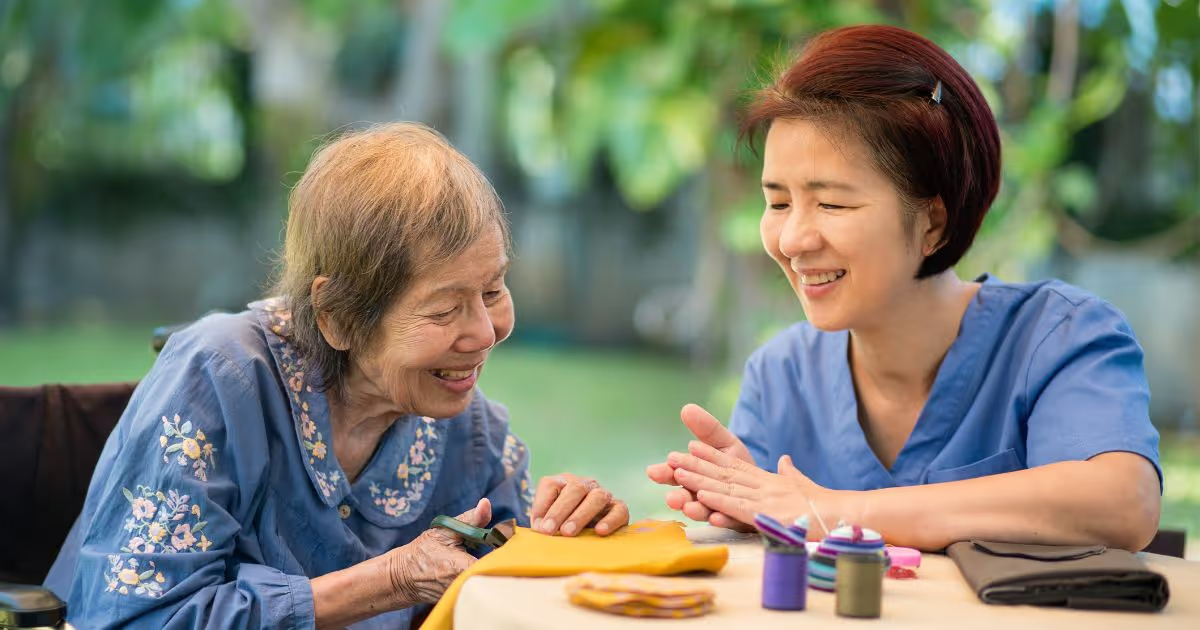Occupational Therapy
Occupational therapy is a healthcare branch aiming to assist individuals of all genders and age groups who struggle with physical, sensory, cognitive, and emotional challenges to regain self-care and independence such as eating, taking a shower, getting dressed, doing laundry, cleaning your house, and working through therapy or assistive devices.
Who is an occupational therapist?
An occupational therapist is a trained and certified healthcare practitioner who focuses on particular therapeutic techniques to rehabilitate and restore the motor skills and abilities necessary for daily activities. The occupational therapist works closely with doctors, physical therapists, psychologists, and other healthcare professionals to help patients.
What does an occupational therapist do?
An occupational therapist can help people of all ages and genders, from premature babies to seniors.
We will assess the everyday needs of the patient and create a personalized plan to help them resume their daily activities.
Occupational therapy for children
- Aim to develop fine motor skills necessary for grasping and releasing objects and good handwriting.
- Enhance hand-eye coordination so children can do activities such as catching a ball or writing on the school blackboard.
- Practice and perform basic life skills such as brushing teeth, bathing, getting dressed, and self-feeding.
- Learn how to manage their emotions for positive behaviors and social skills.
- Know how to use assistive devices such as dressing devices, bathing equipment, etc.
Occupational therapy for adults
- Learn how to use assistive devices such as a cane or wheelchair.
- Learn a novel way to dress, i.e., button your shirt or tie your shoes.
- Manage medication regimen and rearrange household equipment.
- Know how to prevent falls at home or in public.
- Provide rehabilitation for adults, focusing on improving balance, tackling memory and speech problems, and strengthening muscles.
Who should have occupational therapy?
Occupational therapy is helpful for individuals facing physical, sensory, or cognitive challenges, as it enables them to reclaim their independence across various aspects of life. It is proven to help children with ADHD, autism, congenital malformation, juvenile arthritis, or severe burns or injuries.
We also recommend it for patients with Alzheimer’s disease, arthritis, brain injury, cancer, cerebral palsy, chronic pain, diabetes, joint replacement, multiple sclerosis, spinal cord injury, stroke, or mental or behavioral problems.
What are the differences between physical therapy and occupational therapy?
Physical therapy can relieve pain, build muscle strength, improve joint range of motion, increase endurance, and enhance gross motor skills.
Occupational therapy helps to improve fine motor skills, visual-perceptual skills, cognitive skills, and sensory-processing difficulties.

